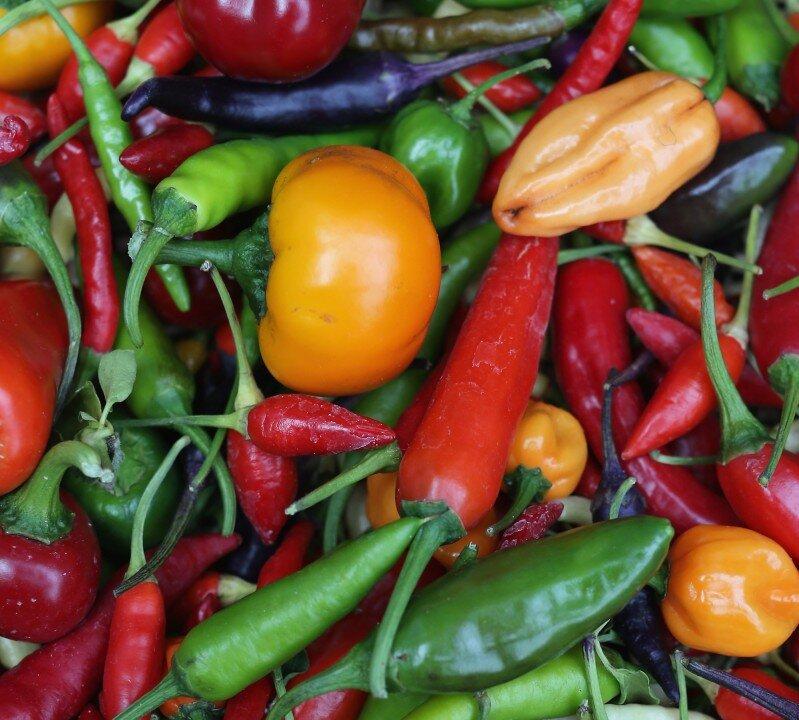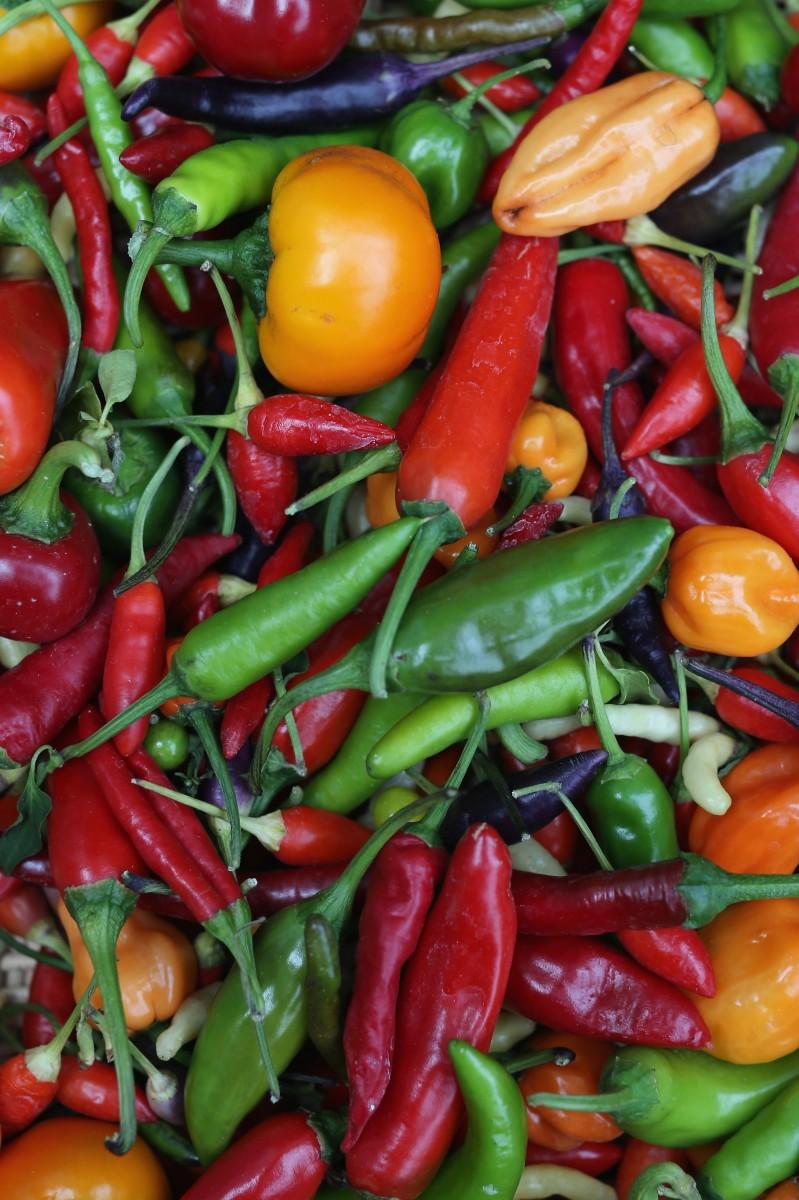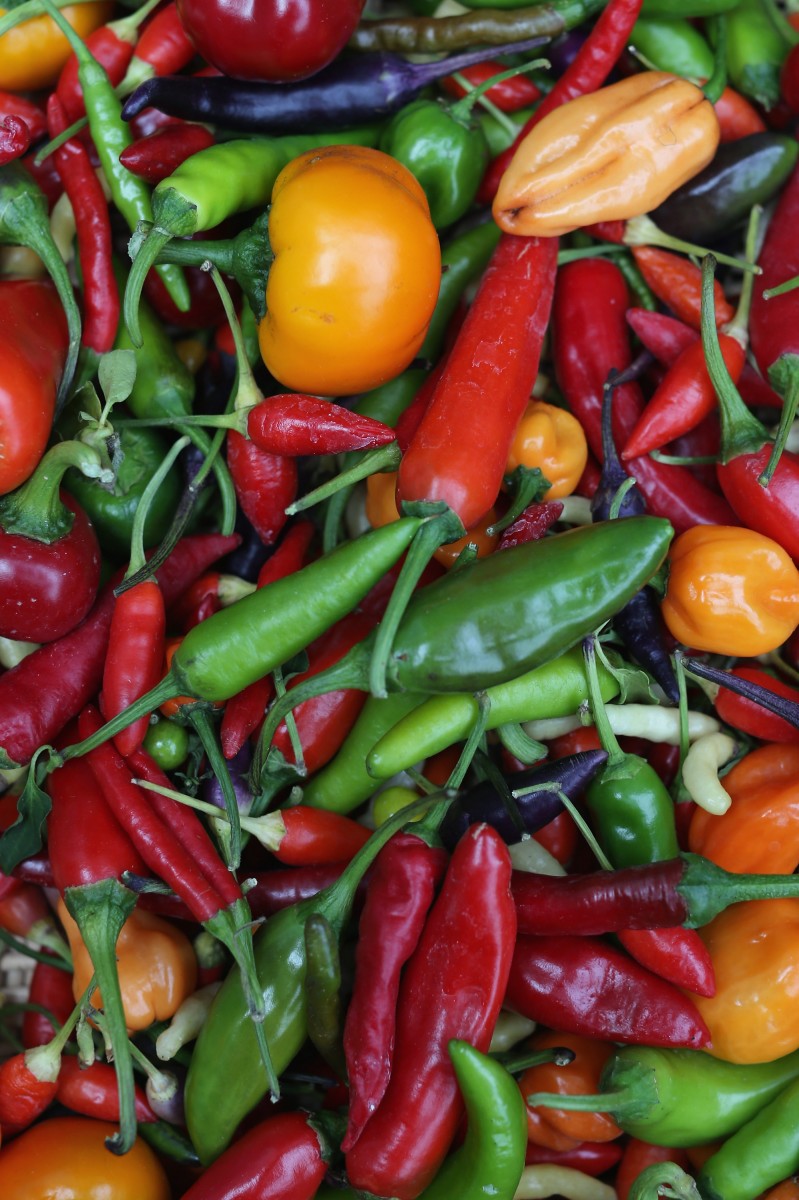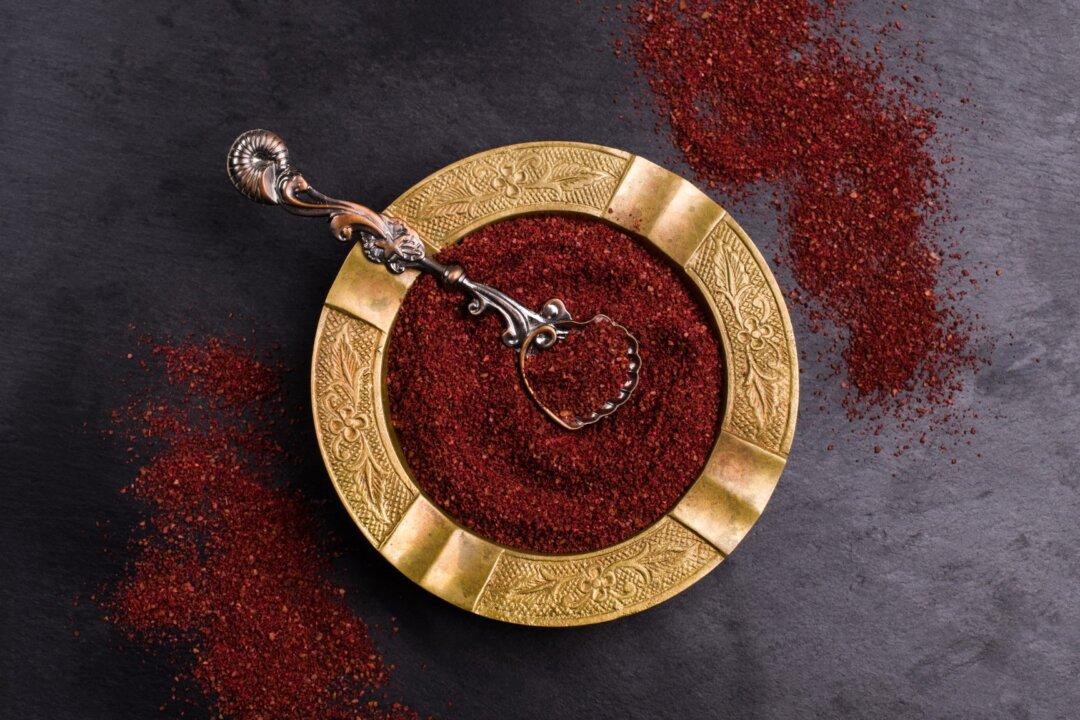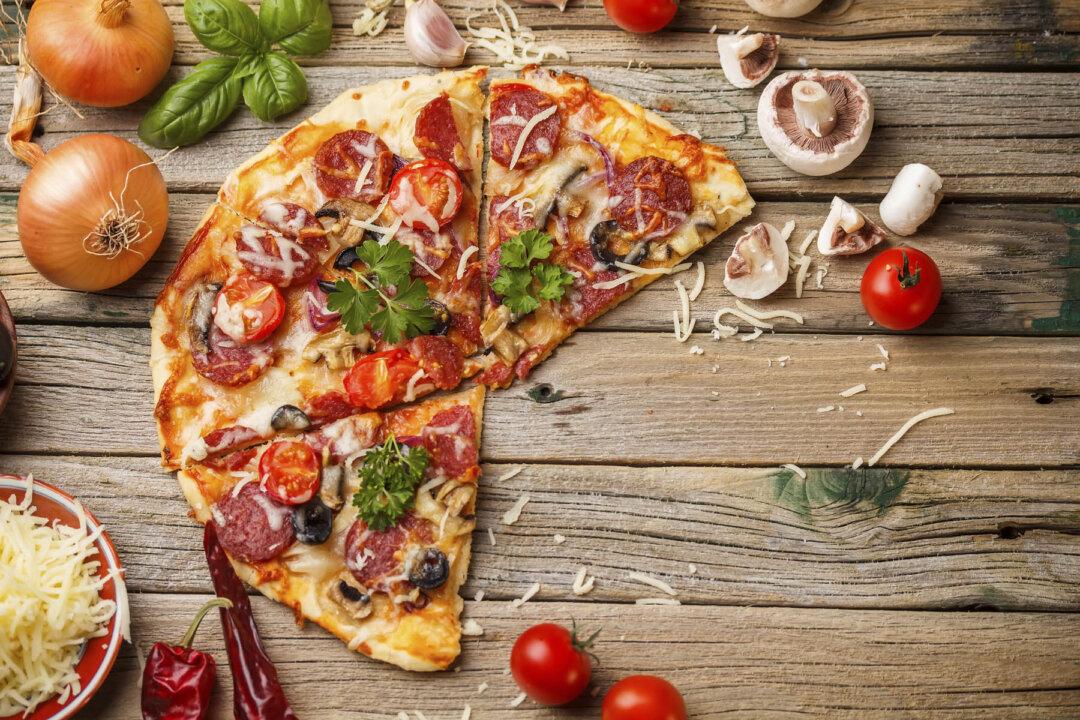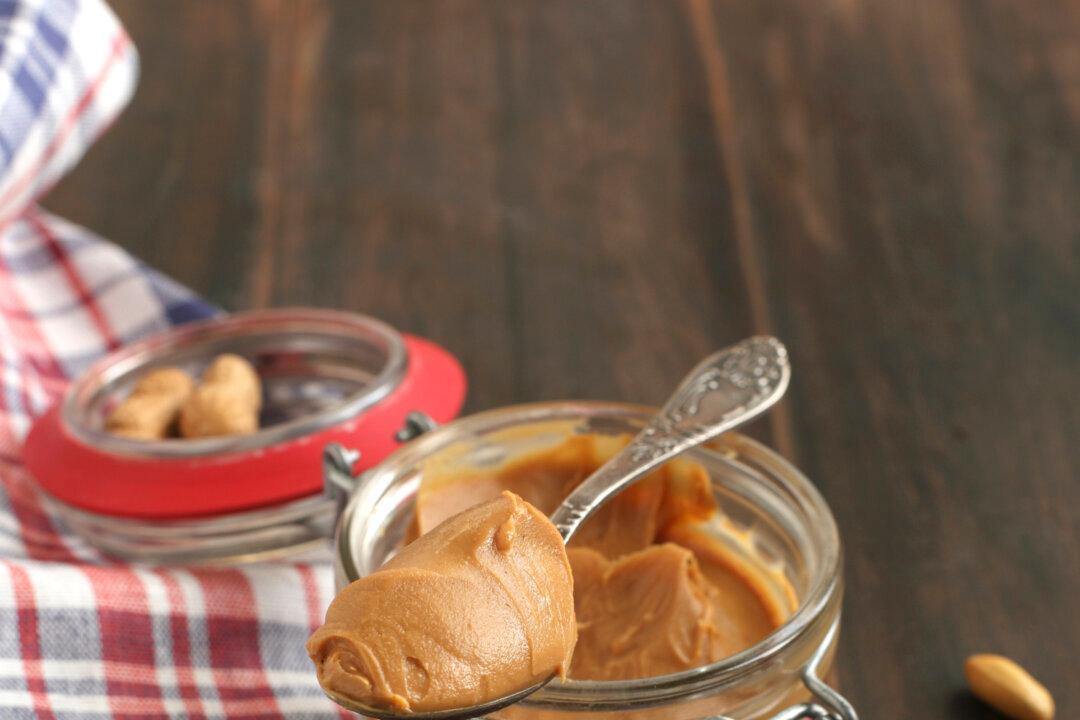It used to be that cultures who developed spicy cuisines, were those from tropical, subtropical, or desert regions. Partly due to the cooling effect these foods have on the body, people from these regions have developed a tolerance, but also an appreciation or craving of spiciness in their food.
It also used to be that regions where spicy food was prepared didn’t have much influence on regions that otherwise did not like food spicy. Over the course of the last couple of decades, with the vast amount of immigration of people from spicy food regions to more temperate climates, they bring with them their cultural influences.
Their cuisine is one of the most obvious as it’s difficult not to take notice of new restaurants, grocery stores, or delis that don’t appear to be “standard American cuisine.” We also see this in the form of new items appearing in supermarkets as the demand for certain exotic food items increases as the population of people from any given culture increases.
For those of us who like to experiment in the kitchen, this is great. The result has been that many cooks, both professional and amateur, who may not necessarily be representative of a culture that is known for spicy food, have nonetheless begun to spice things up, creating more eclectic dishes.
What Makes Food Spicy
Capsaicin is the element that makes food spicy. It’s a chemical produced by certain varieties of peppers in greater or lesser concentrations, usually in and around the seeds or the material housing the seeds inside of the pepper.
Some peppers, like green bell peppers, may have little or no capsaicin while others like habanero peppers or the infamous ghost pepper have considerably more. Capsaicin acts as an irritant when it comes into contact with the skin or mucus membranes of the human body. We tend to perceive it as a burning sensation.
Besides simply eating it in the form of chili peppers, capsaicin has a variety of uses from being an active ingredient in topical skin ointments and sports creams to being weaponized as a non-lethal component of personal self-defense sprays or insecticides.
How Spiciness is Measured
Spiciness is measured in units called Scoville units (SU) also know as the Scoville scale. This scale was named after Wilbur Scoville who was an American pharmacist who came up with a method of measuring the how spicy a given chili pepper is. The method basically consists of taking an extraction from the pepper and having a panel of taste testers sample it. The extraction is mixed with a cup of sugar water until the spicy heat from the capsaicin in undetectable.
A carrot for example has a Scoville measurement of zero, as it has no capsaicin, while a jalapeno pepper is approximately 2,500-5,000 SU, and a ghost pepper is approximately 850,000 SU. Pure capsaicin is around 16 million SU. So for a pepper with say 100,000 SU, that means that it would take 100,000 cups of sugar water to dilute one extraction from that pepper.
Why Spiciness is Craved
Enjoying spicy food is two-fold. It’s definitely an acquired taste. At the same there’s the question of building up a tolerance for it. Once one develops a taste for spicy food, food that’s not spiced up tends to taste a little bland or that it just lacks something. And so spicy food lovers are often misunderstood by people who haven’t yet developed a taste for spicy food.
Another reason is because when the body is exposed to high concentrations of capsaicin it releases endorphins, which creates a mild euphoric feeling similar to a “runner’s high.” Capsaicin also increases blood circulation.
Some people just like the taste.
The Epoch Times publishes in 35 countries and in 19 languages. Subscribe to our e-newsletter.

